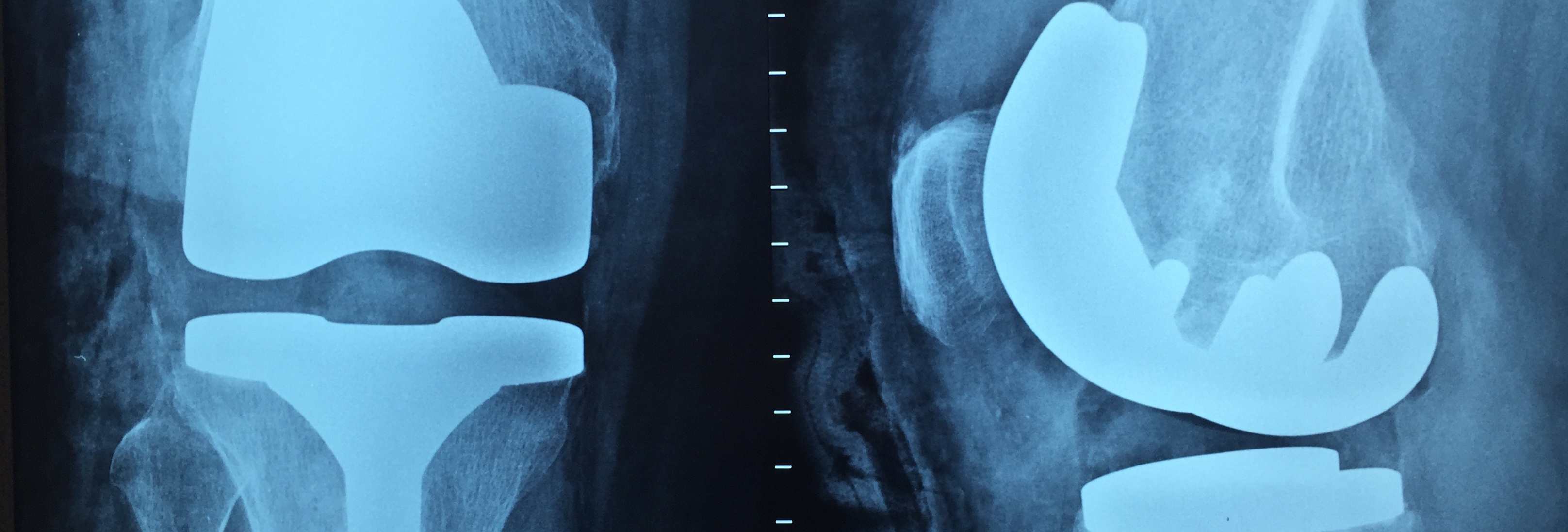Background
Dynamic and static varus alignment, both, have been reported as risk factors associated with structural progression of knee osteoarthritis. However the association of none of the static and dynamic alignment with structural, clinical, and functional progression associated with knee osteoarthritis has not been assessed yet in a longitudinal study.
Methods
Forty-seven women with early and established medial knee osteoarthritis were evaluated. Static and dynamic alignment as well as MRI detected structural features, clinical, and functional characteristics of patients were assessed at baseline and at 2 years follow-up. Associations between baseline static and dynamic alignment with structural, functional, and clinical characteristics at the time of entry, as well as the changes over 2 years were evaluated.
Findings
Both static and dynamic varus alignment at baseline were significantly associated with osteoarthritis related tibio-femoral joint structural abnormalities detected on MRI, at the time of entry. Only the magnitude of varus thrust at baseline was predictive of the changes in the presence of meniscal maceration over two years. None of the static or dynamic measures of knee joint alignment were associated with clinical characteristics associated with medial knee osteoarthritis.

